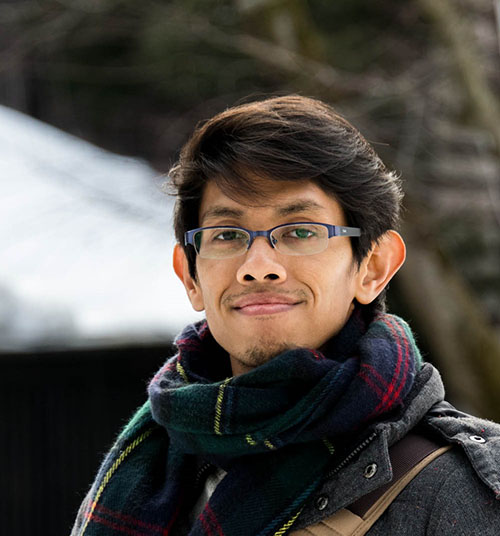Note: 2020 festival is scheduled to proceed without spectators.
I have been procrastinating for so long to write about this wonderful ‘summer’ festival from Fukushima. Twice I have visited the festival, each with different impressions. Aside from filled with excitement and fun, it’s a festival well-clad in history.
Soma-Nomaoi festival is said to begin somewhere around hundreds of years ago, when the founder of Soma Clan, Taira no Kojiro Masakado, thought a new way of military exercise to train his army. He would release wild horses in the plain and ordered his men to capture them to boost their physical prowess.
Nowadays, the festival is always held in three days. The first day is more of a formality, where the opening ceremony is held and prayers were conveyed at the three sacred shrines. Day two is the main event where spectators flock to Minamisoma where the festival ground is. And lastly, the last day features only one event: wild-horse catching just like in history.
That being said I have only been attending the main event on day two so let me share with you my experiences.
The Procession
When I got off Haranomachi Station in the middle of Minamisoma, there was already a large crowd filling the narrow streets of the town. People came from all over to spectate the legendary horse race. I spotted more foreign faces on my second visit. Perhaps the festival is getting known overseas.
One by one the riders strut along the town’s main thoroughfare, each carrying different banners. There were race participants mixed in the parade filled with over-the-top decorations, some would go galloping with camaraderie to boast their excellent skill of horseriding. The air was heavy with elegance as well as the fuming addled smell of horse dung.
I could not help but admire the exquisite number of details shown by the riders. The samurai-like armors worn are awesome yes, but what accompanies the armor could not be dismissed casually. I was in awe of the gloves, the stirrups, the colorful tabi (Japanese socks). It’s as if we’re taken back to the olden days centuries ago where horsemanship was a regular occurrence if not a must-have skill.
The Intense Race
Just exactly at high noon, the procession ended in the festival ground, Hibarigahara Field. Visitors had to pay the admission fee, then scrambled to find the best spot to view kachuu keiba (horse race in full armor) as the first main event from the tribune facing the field which is circled by a rather large horse-racing lane.
Before the race began, there was a ceremony followed by a dance performance carried out by women clad in what appears to be traditional garbs. Then slowly the racing lane got filled with the riders, hoping to win the race and achieve the prestigious honor. People sat there waiting for the race to start. And the anticipation ended when with a loud bang, riders set loose their feral instincts.
I had to say that, even though the heat was unbearable, I was thrilled to take the action shots between the races, which repeats several times until all riders have their chance.
More unique festivals to read…
- When Swords Collide: Shiroishi Onikojuro Festival
- Konsei Festival: the Penis Festival from Iwate
- The Parade of the Dragon Boats
- Fukushima’s Flag-bearing Festival
The Battle of the Flag
Next, came the second main event, shinki soudatsusen, literally meant ‘battle of the sacred flag’. I’m not exaggerating when I said it was a battle, since, with as many as hundreds of participants thronged over the fields on top of horses, it was by no means an event without risk. Riders get injured from time to time when they collide trying to capture the flags which are launched into the sky through cannons.
This particular event requires a certain finesse, that’s for sure. To grab the flag before anyone else while maintaining balance is no small feat. Those who do manage to capture the flag will have the privilege of going towards Odaka Shrine and receiving the acknowledgment.
I admit I’m glad that this festival is still around now. Registered as one of Japan’s Intangible Folk Culture Properties, it’s an event that harkens back to the era of feudal Japan, a heritage that would be missed dearly shall it disappear forever.
If you happen to visit Japan in the summertime, try to manage your schedule around this amazing festival!
Useful sites:
- Soma-Nomaoi Website (Japanese)
- Japan Travel on Soma-Nomaoi (English)

